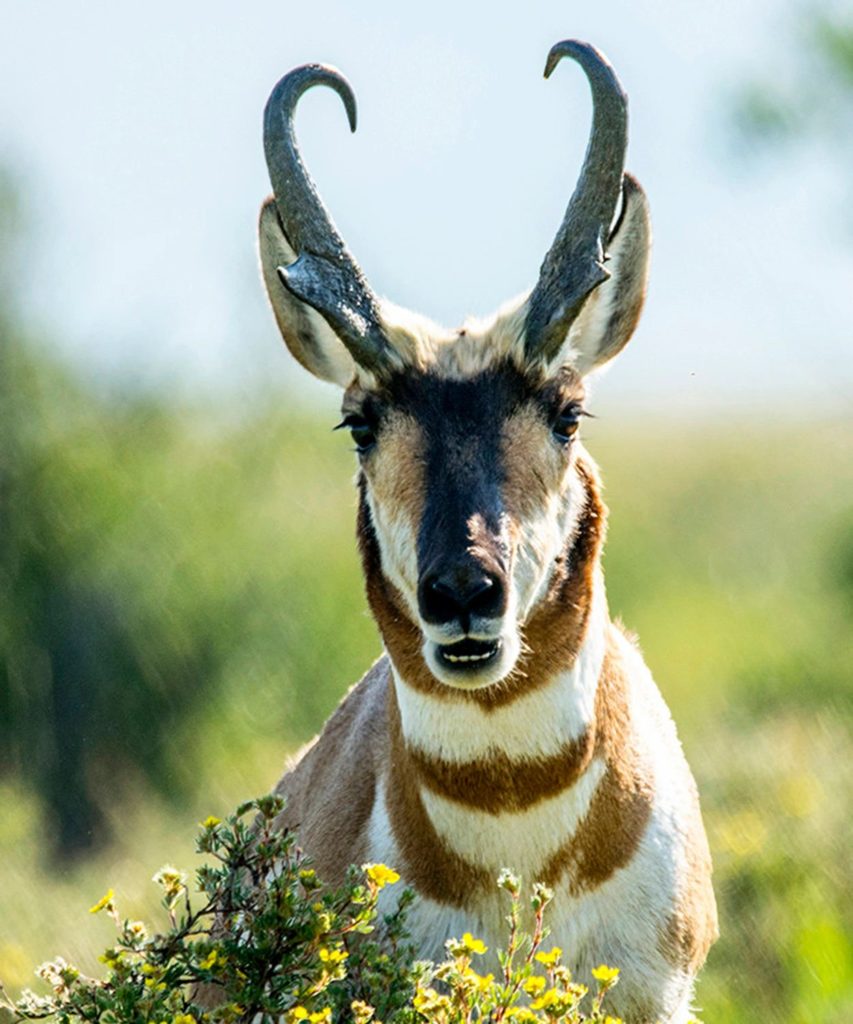By Kelsie Dougherty
Pronghorn “antelope” have roamed the western plains for centuries. Having evolved to outrun the now extinct North American cheetah, they are the second fastest land mammal in the world. The pronghorn we see today are relics of the Pleistocene – the sole survivors of a very diverse family. Some ancient pronghorn species had as many as six horns!

Once abundant across Yellowstone National Park, by 2004 park biologists estimated that fewer than 200 remained in the northern park herd. Habitat fragmentation and fences adjacent to the park have impaired the ability of the herd to follow their historic migration routes north and west of the park. While pronghorn can sprint up to 60 mph, they are not built to jump and have difficulty negotiating fences. For Yellowstone pronghorn, fences along their migration routes are a major barrier – blocking access to winter habitat and isolating them from other regional herds. In response, in 2010 National Parks Conservation Association (NPCA) began a collaborative community engagement program to restore pronghorn migration corridors. NPCA works with private landowners and public land managers to remove or modify fences to make them wildlife friendly. Raising the bottom wire or rung of a fence allows pronghorn to crawl underneath while ensuring the fence still meets its intended purpose such as containing livestock. This approach allows pronghorn to access historic winter habitat that was previously unavailable, while still ensuring that the needs of private landowners are met.In just over a decade we have removed or modified over 40 miles of fences, collaborated with dozens of landowners, and engaged over 1050 volunteers – including student groups, veterans, and local community members. In turn, Yellowstone pronghorn populations are increasing. Today the herd has more than doubled as the animals access larger portions of their historic winter habitat in park adjacent landscapes. However, there is still work to be done to reconnect Yellowstone pronghorn with other regional herds and ensure their long-term survival. Restoring the historic migration corridor west of the park in Montana and Idaho will reconnect Yellowstone pronghorn to existing regional herds and winter range. Visit npca.org/pronghorn to learn more.Kelsie grew up farming and ranching in rural Montana–often feeding bum lambs or milking dairy cows before and after school. She enjoys skiing, hunting, and exploring off the beaten path with her husband and two labs. Kelsie leads NPCA’s collaborative effort to work with landowners to restore Yellowstone pronghorn migration routes in the Greater Yellowstone Area.
